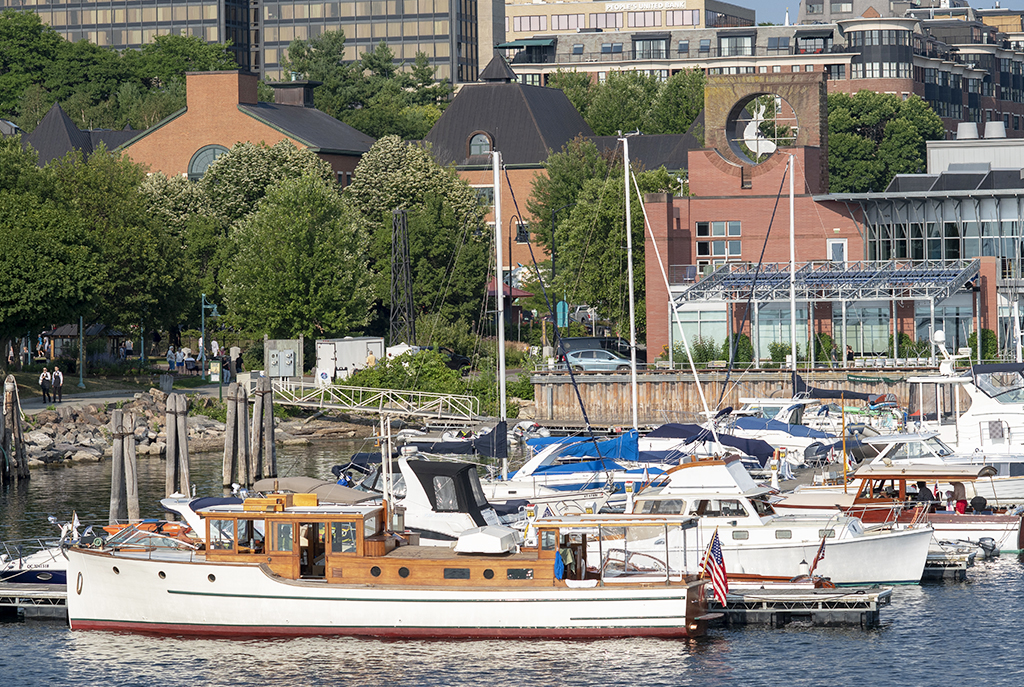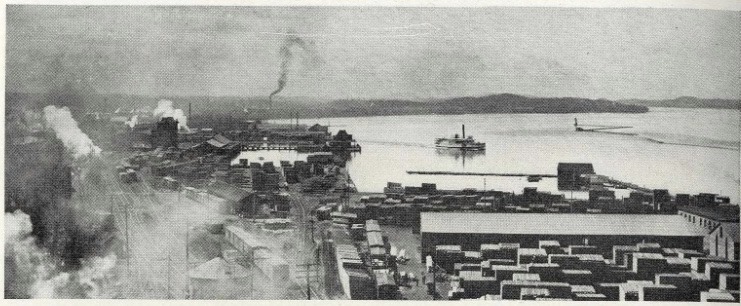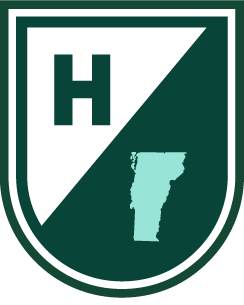
Radio Towers, Historic Homes, and a Ravine: Facebook Group Shares Burlington’s Dynamic History
August 19, 2020
Listen to the Podcast
Burlington is where Ben & Jerry’s was born and the home of Burton Snowboards. Bernie Sanders was elected mayor here, and Vermont’s first female governor, Madeline Kunin, launched her political career at Burlington City Hall.
With a population of about 40,000 people, Burlington—Vermont’s largest city—is home to the University of Vermont, Champlain College, and the University of Vermont Medical Center.
For a city this small, Burlington has a lot going on. You’ll find shopping and dining on the Church Street Marketplace, musical performances at the Flynn Center for the Performing Arts, an arts district in the city’s South End, a popular bike path, and a scenic waterfront where you can see the best sunsets over Lake Champlain.
Burlington History Facebook Group Explores the Queen City’s Past

Bob Blanchard grew up in Burlington and now spends his time researching and sharing details about the city’s history. Retired and living in St. Albans, Blanchard runs the Burlington Area History Facebook group, which features a variety of little-known, historical facts about Burlington.
On the Facebook page, you’ll find old photos of Church Street, Battery Park, the Waterfront, local grocery stores, and neighborhoods around the city. The page also highlights detailed historical information that Blanchard has meticulously researched.
“Reminders of what Burlington used to be, architecturally, are still around,” Blanchard says. “It’s a magnificent location with one of the most beautiful views you’ll ever see in your life.”
In the late 1800s and early 20th century, Burlington experienced what Blanchard describes as a mini Gilded Age. The main source of wealth back then was lumber, and men including Lawrence Barnes, Elias Lyman, H.O. Wheeler, John J. Flynn built grand homes in Burlington’s Hill Section. Today, local schools, the Flynn theatre, and streets around the city are named after these men.
During the mid-1800s, Burlington was also the third-largest lumber port in the country. The lumber industry began to decline in the early 1900s, and the Waterfront evolved into a bulk petroleum facility. The Waterfront eventually fell into disrepair but was later revitalized into a public space that is now popular for biking, events, picnics, yoga classes, and more.
“Burlington has punched above its weight for most of its history,” Blanchard says. “For the size of the city—and back in its mini Gilded Age—Burlington had about 15,000 people living in Burlington. It was not a very big place. So the amount of wealth that was generated and the amount of great buildings that resulted…was really out of proportion for a city this size.”
Happy Vermont Podcast: The History of Burlington

In this episode of Happy Vermont, Blanchard talks about places around Burlington, including a ravine that ran through the middle of the city, a radio tower that stood behind a building on College Street, as well as history about the Burlington Waterfront. He also highlights what makes Burlington’s past so dynamic.
You can find this podcast on Spotify, Apple Podcasts, iHeartRadio, Google Play, and Stitcher.
As always, thanks for listening. Please email ideas, comments, or feedback to [email protected].
-Special thanks to Pluck for podcast editing and post-production.
-Historical photos courtesy of the Burlington Area History Facebook group.




No Comments